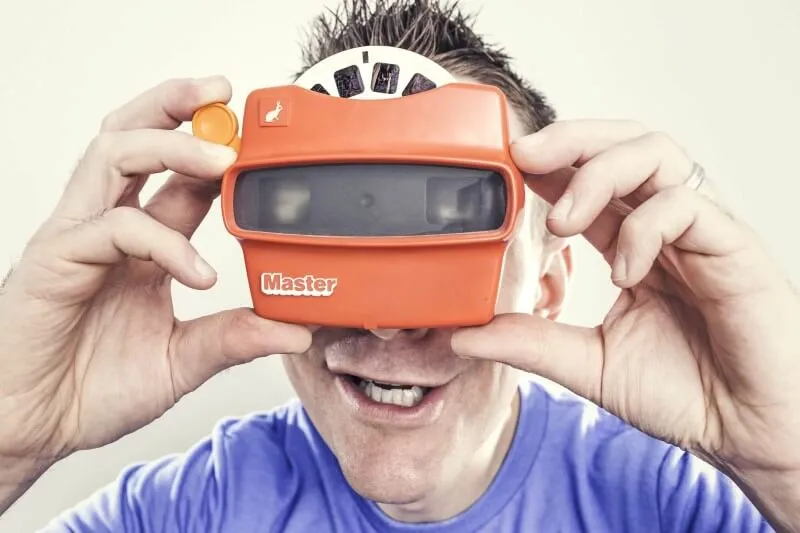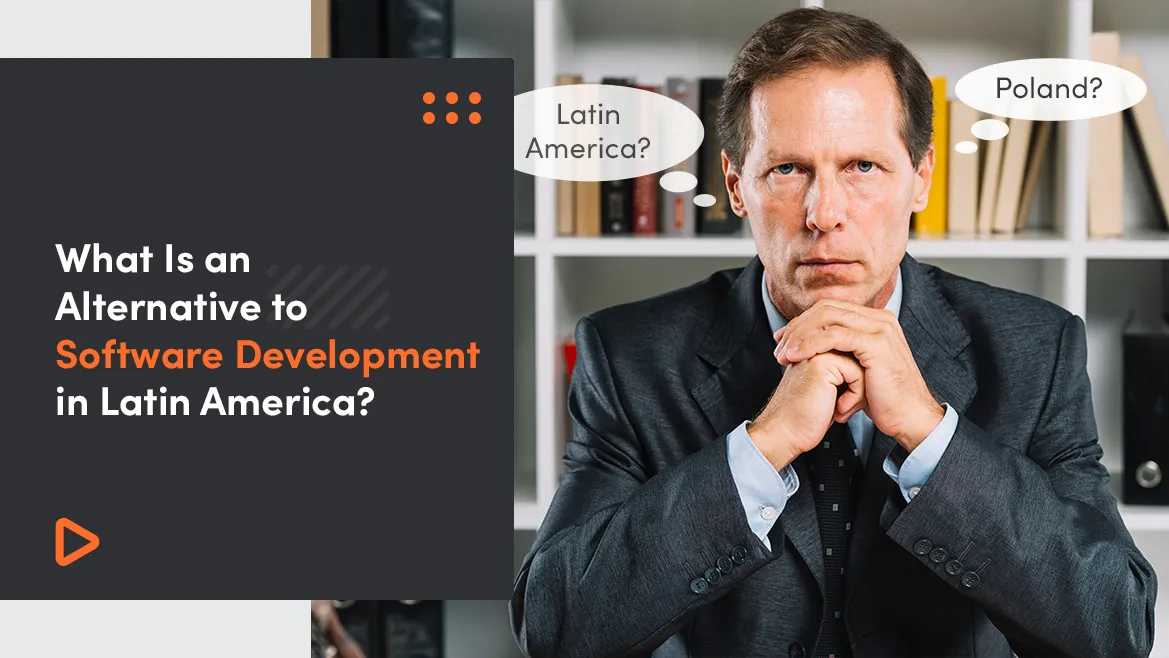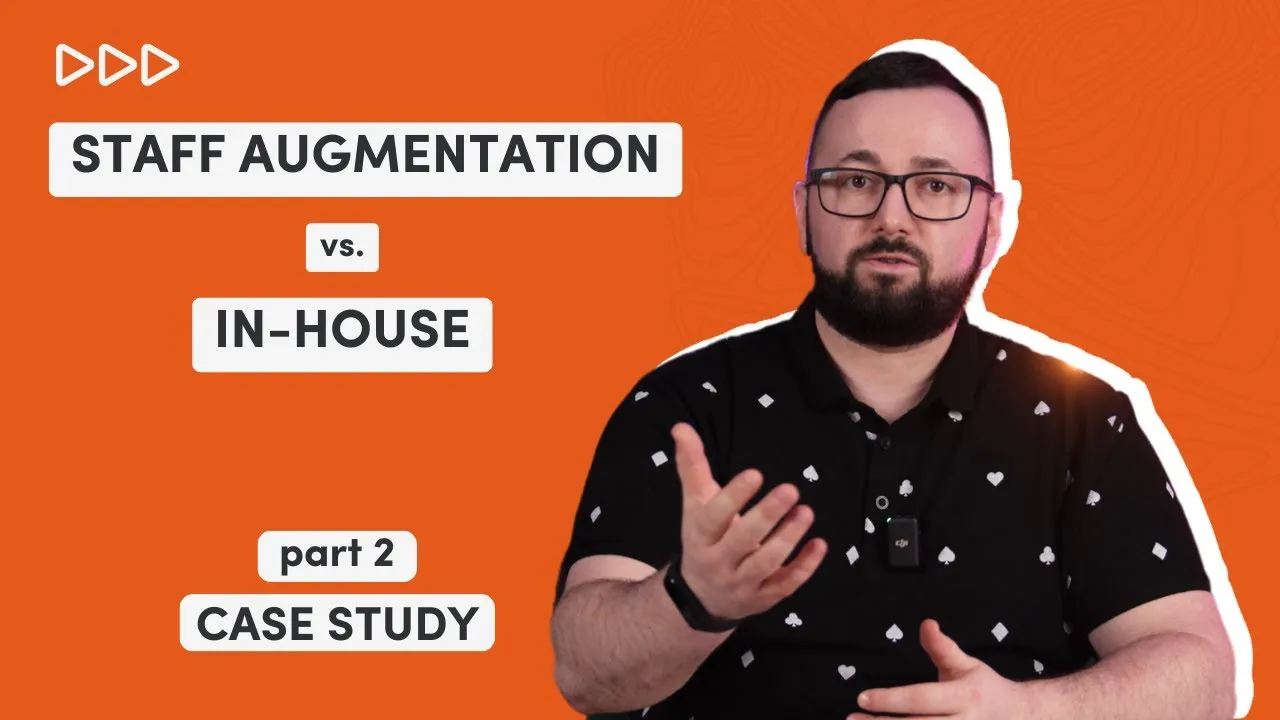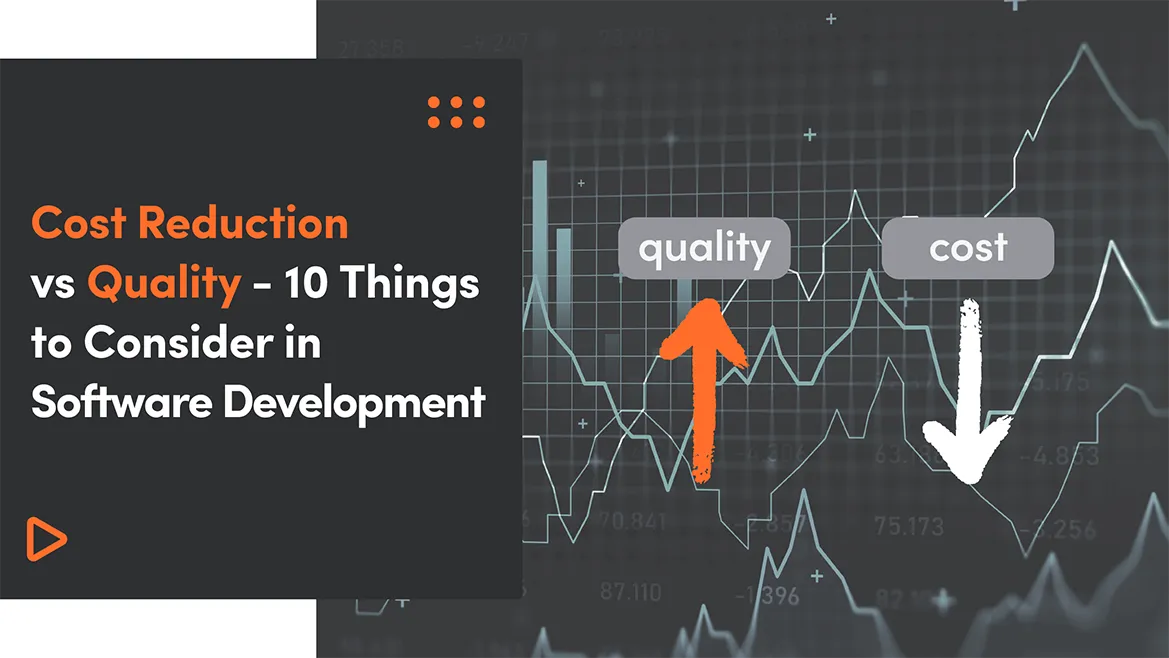As I mentioned last time, here are some key concepts for applying change in organizations, based on the “How to change the world.”
At first you have to know your organization and be aware of the fact that, as a complex adaptive system, it will not only adapt to what you do but also requires you to adapt to its responds. The practical solution proposed by the book author to inspect and adapt to a system is a PDCA model popularized by W. E. Deming as a quality management tool for continuous improvement.
You should dance with a system in this ongoing cycle of planning direction and setting goals, making small steps with implementing ideas, searching for response by measuring feedback and evaluating success by analyzing the results.
Tool: Four-step PDCA change improvement process
- Plan — Identifying the change and setting goals
What is your goal? Where is it going well?
- Do — introducing and implementing solutions
What are the crucial steps? When and where do you start?
- Check — measuring feedback and effectiveness
How do you get feedback? How do you measure results?
- Act — analyzing results and improving accordingly
How do you accelerate results?
Next, if you understood your system well you should now mind the people. Being a crucial part of any organization people are different and it’s extremely important to recognize their individual needs and mind barriers to deal with them effectively. The help offered by the book comes with ADKAR model popularized by Jeff Hiatt. This goal-oriented approach to change offers a set of activities which facilitate keeping in mind people aspect through organizational transition. With it’s five dimensions it provides strong ability to judge the level of change “readiness” among the employees at each phase of the change process. It points that successful change in the people mindsets requires making sure that they are not only aware of the plan but also have a kind of desire for change. You also have to equip them with the necessary knowledge and ability for this. And when the change process seems to be finished it’s important to reinforce it to keep the change in place.
Tool: ADKAR Change Competency Mode
A - Awareness of the need for change
How will you communicate? How will you set an example?
D - Desire to support and participate in the change
How do you make it urgent? How do you make it desirable?
K - Knowledge of how to change
Who will be teaching? How will you teach them?
A - Ability to launch required skills and behaviors
What makes it easy? How can they practice?
R - Reinforcement to sustain the change
What are the short-term wins? What makes it sustainable?
Finally, as an organization can be thought as a complex system which constitutes of several interdependent social networks where behaviours can spread like viruses. You can allow for the expansion of gossips about the change or make sure that you are reaching out different kinds of people in the network with the proper messages and approaches. To attain this goals one can implement a very simple and powerful solution which is based on the theory called the Diffusion of Innovations which can be used to explain how, why, and at what rate new concepts spread through organizations. With the innovation adoption curve people within the organization can be categorized into initiators, innovators, early adopters, early majority, late majority and laggards accordingly to the way they perceive the change.




